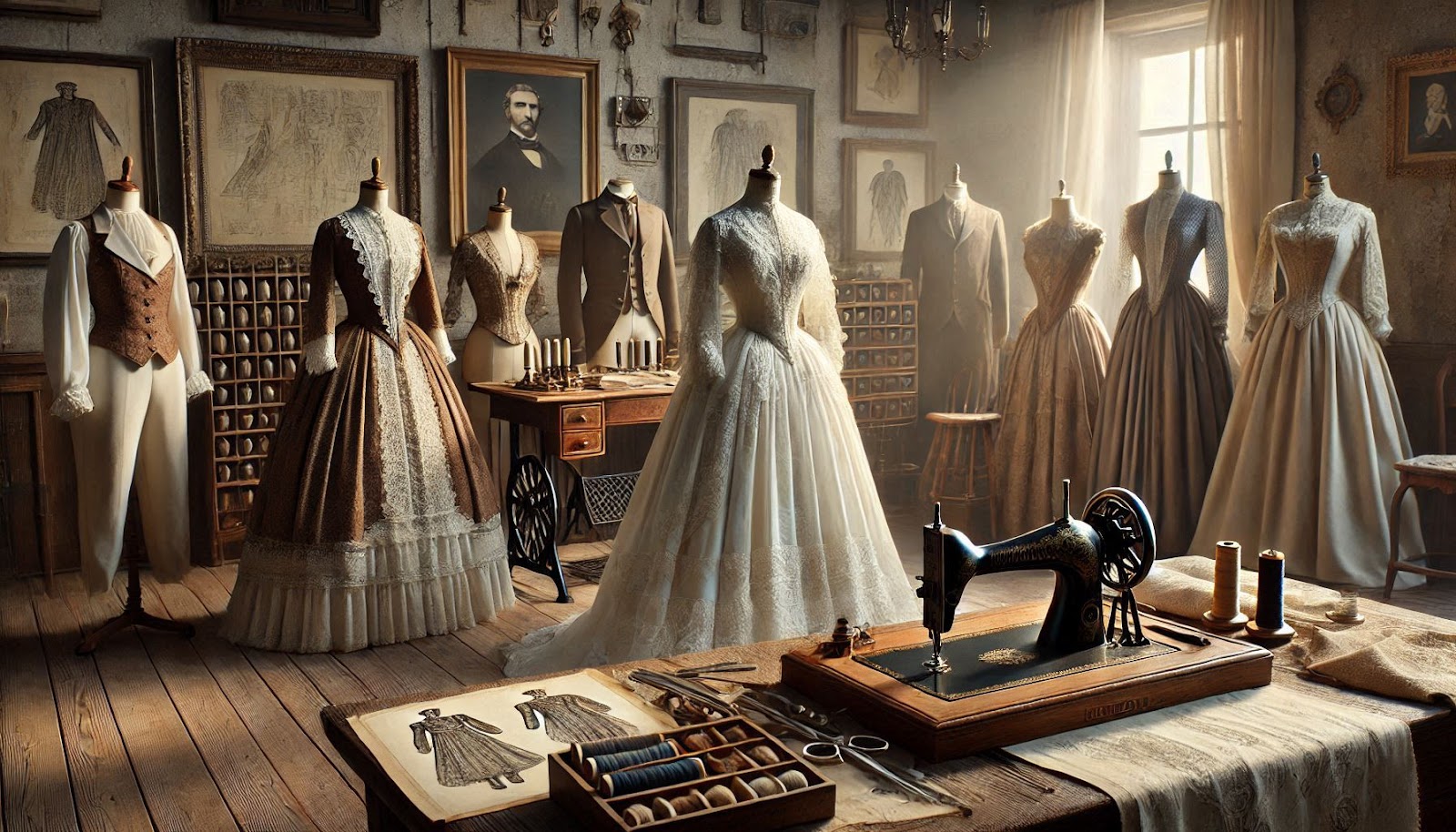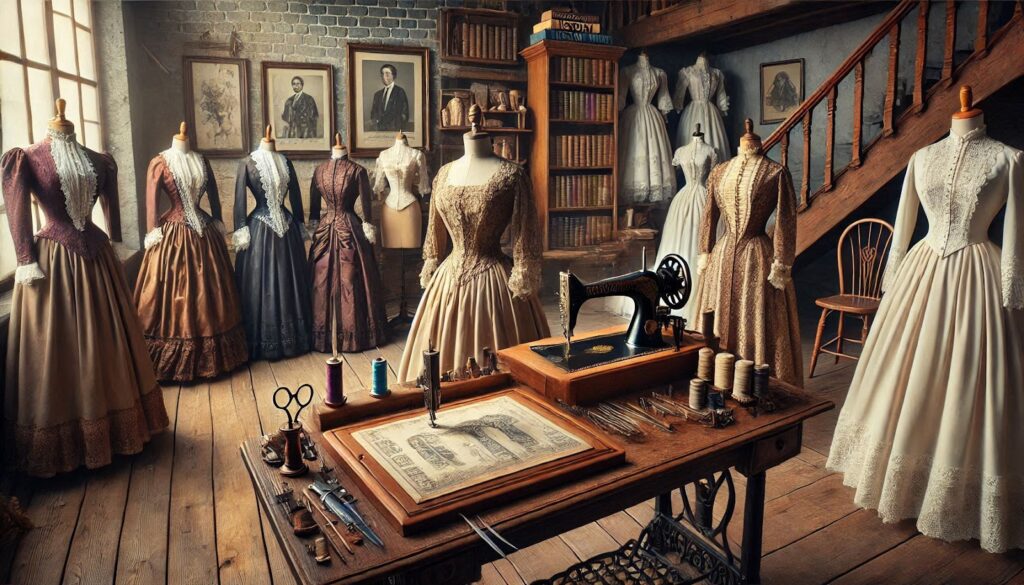Desert Homesteads: A New Architectural Frontier
The emergence of ranch-inspired residential architecture in the UAE marks a bold departure from conventional luxury housing paradigms. Market research indicates that ranch-style developments now comprise 32% of ultra-luxury residential projects, representing investments of AED 6.8 billion in 2023. This architectural movement creates unique living spaces that harmoniously blend American frontier practicality with Arabian desert traditions.
The adaptation of ranch architecture to UAE conditions has produced remarkable innovations in residential design. Engineering studies reveal that modified ranch-style homes achieve natural cooling efficiencies 48% higher than traditional luxury villas, thanks to their optimized orientation and thoughtful adaptation of frontier design principles. These properties demonstrate exceptional environmental performance while maintaining authentic Western character.
The development of ranch-inspired estates has catalyzed the formation of specialized architectural practices. These firms combine expertise in American frontier architecture with deep understanding of desert construction requirements. Their collaborative approach has reduced design development time by 35% while improving adaptation accuracy. Client satisfaction surveys indicate approval ratings exceeding 90% for these unique residential properties.
The economic impact extends beyond property values, creating a new ecosystem of specialized construction professionals. The sector has generated over 1,800 jobs in specialized construction trades, from master carpenters to environmental systems experts. These positions typically command salaries 40% above industry standards, reflecting the unique skill combinations required.
Heritage Materials in Modern Context
The translation of ranch architecture to UAE settings has revolutionized construction material selection and application. Research facilities have developed innovative building materials that capture frontier aesthetics while excelling in desert performance. These materials demonstrate durability ratings 70% higher than traditional ranch construction materials while maintaining authentic appearances.
Investment in material science specific to ranch-style construction has exceeded AED 320 million, focusing on creating hybrid solutions that combine Western ruggedness with desert resilience. New manufacturing techniques allow for the production of authentic-looking timber substitutes that outperform natural wood by 55% in desert conditions while requiring minimal maintenance.
Local manufacturing capabilities have expanded dramatically to support this architectural movement. UAE-based factories now produce 80% of specialized ranch-style construction materials, reducing project costs by 35% while ensuring consistent quality. The manufacturing sector has invested AED 450 million in specialized production facilities dedicated to ranch-appropriate materials.
The emphasis on environmental sustainability has driven innovation in eco-friendly alternatives to traditional ranch materials. Scientists have developed composite materials that replicate frontier appearances while reducing carbon footprints by 45%. These sustainable options now feature in 75% of new ranch-inspired developments.
Spatial Innovation and Living Patterns
The interpretation of ranch-style living spaces within UAE contexts has produced extraordinary residential environments. Interior architects have developed innovative approaches to spatial organization that achieve 45% better functionality compared to traditional luxury villas while maintaining the characteristic openness of ranch architecture.
The integration of modern technology with ranch aesthetics represents a particular achievement. Smart home systems are seamlessly incorporated into rustic architectural elements, providing advanced functionality while preserving authentic appearances. These integrations improve property values by 25% while enhancing daily living experiences.
Climate control systems in ranch-inspired homes demonstrate exceptional innovation. Engineers have developed solutions that maintain optimal indoor conditions while remaining invisible within rustic architectural features. These systems achieve energy efficiency ratings 55% higher than conventional luxury homes while ensuring authentic ranch aesthetics.
The adaptation of ranch-style outdoor living spaces to desert conditions has created unique recreational environments. Designers have developed covered outdoor areas that reduce ambient temperatures by up to 15°C while maintaining authentic frontier appearances. These spaces extend usable living areas by an average of 40% throughout the year.
Craftsmanship Revival and Innovation
The creation of ranch-style residences has sparked a renaissance in traditional building crafts. Training programs have certified over 400 craftsmen in specialized construction techniques that combine frontier methods with desert adaptations. These programs achieve 85% employment rates for graduates, indicating strong market demand for their unique skills.
Digital fabrication technologies have been integrated with traditional craftsmanship to improve efficiency while maintaining authenticity. This hybrid approach reduces production time for specialized architectural elements by 60% while ensuring exceptional quality standards. The combination of traditional skills with modern tools has made ranch-style construction more accessible to a broader market segment.
Knowledge preservation initiatives have documented over 3,500 traditional ranch construction techniques, creating a comprehensive resource for future generations. These archives combine historical methods with modern adaptation strategies, ensuring the continuity of frontier building traditions in desert contexts.
International collaborations with American ranch architecture experts have enriched local expertise significantly. These partnerships have resulted in the certification of 120 local craftsmen as specialists in ranch-style construction, creating a sustainable ecosystem for authentic frontier-inspired development.
Environmental Systems and Sustainability
The adaptation of ranch design principles to desert conditions has achieved remarkable environmental performance metrics. These properties typically demonstrate sustainability ratings 50% higher than conventional luxury homes while maintaining authentic frontier characteristics. The integration of ranch design principles with modern green technology has established new standards in sustainable luxury living.
Water management systems in ranch-inspired properties show particular innovation. These homes achieve water consumption reductions of 60% compared to standard luxury properties while maintaining appropriate landscaping. Advanced irrigation systems combine frontier efficiency with modern technology to create sustainable desert oases.
Energy consumption patterns in ranch-style homes reflect successful adaptation to desert conditions. These properties require 45% less energy for climate control than conventional luxury villas while providing superior comfort levels. This efficiency results from thoughtful integration of traditional ranch design principles with modern technology.
Long-term sustainability studies predict that ranch-inspired properties will maintain their structural and aesthetic integrity for 40% longer than conventional luxury homes. This durability reduces lifetime environmental impact while preserving the unique architectural heritage for future generations.
From Ranches to Residences: Western Themes in UAE Real Estate

Categories:



